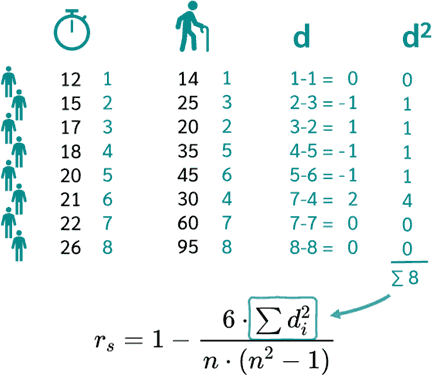Crude Analysis vs Stratified Analysis
Crude Analysis vs Stratified Analysis
Crude Analysis
Definition: A basic analysis that compares two groups without adjusting for other factors.
Strengths:
Simple and straightforward
Quick and easy to perform
Provides an initial estimate of the effect of exposure
Limitations:
Can be biased due to confounding factors
Does not account for the distribution of other variables
Definition: A more refined analysis that divides the population into subgroups based on potential confounding factors and calculates separate estimates for each subgroup.
Strengths:
Reduces bias by controlling for confounding factors
Provides more precise estimates within each subgroup
Limitations:
Requires larger sample sizes to maintain statistical power
May not be feasible if there are many potential confounding factors
Can become complex if there are multiple confounding factors
Key Differences
| Feature | Crude Analysis | Stratified Analysis |
|---|---|---|
| Exposure and outcome | Compares two groups | Divides population into subgroups to compare |
| Confounding factors | Not accounted for | Controlled for |
| Bias | Can be significant | Reduced |
| Precision | Lower | Higher |
| Sample size | Smaller | Larger |
| Complexity | Simple | More complex |
When to Use Crude vs. Stratification Analysis
Use crude analysis for initial screening or when sample size is limited.
Use stratified analysis when there are known or suspected confounding factors and sample size is adequate.
Example
To compare the effectiveness of two drugs for treating a disease, a researcher could perform the following analyses:
Crude analysis: Calculate the mean improvement in the two treatment groups.
Stratified analysis: Divide the population into subgroups based on age, gender, and other potential confounding factors, and calculate the mean improvement for each subgroup and treatment.
The stratified analysis would provide more precise estimates of the drug effect by controlling for potential confounding factors.
Crude Analysis:
Definition: An analysis that does not account for any potential confounding factors or effect modifiers.
Example:
A study comparing the incidence of cancer in smokers and non-smokers. The analysis would simply compare the number of cancer cases in each group, regardless of age, gender, or other factors that could influence the results.
Stratified Analysis:
Definition: An analysis that divides the population into subgroups based on one or more factors (stratification variables) and analyzes the outcomes separately within each subgroup.
Example:
The same study comparing cancer incidence in smokers and non-smokers, but this time stratified by age group (e.g., 18-30, 31-50, etc.). This would allow for a more accurate comparison of cancer incidence within each age group, as age is a potential confounder that could explain differences in cancer risk between smokers and non-smokers.
Advantages of Stratified Analysis:
Controls for confounding factors by analyzing subgroups with similar potential confounding variables.
Provides more detailed and nuanced results, which can help identify specific factors that influence the outcome.
Allows for the detection of subgroups that may have different responses to the intervention or exposure.
Disadvantages of Stratified Analysis:
Can reduce statistical power if the subgroups are too small.
Requires a priori knowledge of potential confounding factors or effect modifiers.
May not account for all confounding factors or complex interactions between factors.
......................................................................................................
👉 For the data analysis, please go to my Youtube(Ads) channel to Watch Video (Video Link) in
Youtube Channel (Channel Link) and Download(Ads) video.
💗 Thanks to Subscribe(channel) and Click(channel) on bell 🔔 to get more videos!💗!!
- Tell: (+855) - 96 810 0024
- Telegram: https://t.me/sokchea_yann
- Facebook Page: https://www.facebook.com/CambodiaBiostatistics/
- TikTok: https://www.tiktok.com/@sokcheayann999
- STATA for dataset restructuring, descriptive and analytical data analysis
- SPSS for dataset restructuring, data entry, data check, descriptive, and analytical data analysis
- Epi-Info for building questionnaires, data check, data entry, descriptive, and analytical data analysis
- Epidata-Analysis for dataset restructuring, descriptive and analytical data analysis
- Epi-Collect for building questionnaires, remote data entry, mapping, and data visualization
- Epidata-Entry for building questionnaires, data check, data entry, and data validation
ABA Account-holder name: Sokchea YAN
ABA Account number: 002 996 999
ABA QR Code:
or tap on link below to send payment:
https://pay.ababank.com/iT3dMbNKCJhp7Hgz6
✌ Have a nice day!!! 💞















Comments
Post a Comment